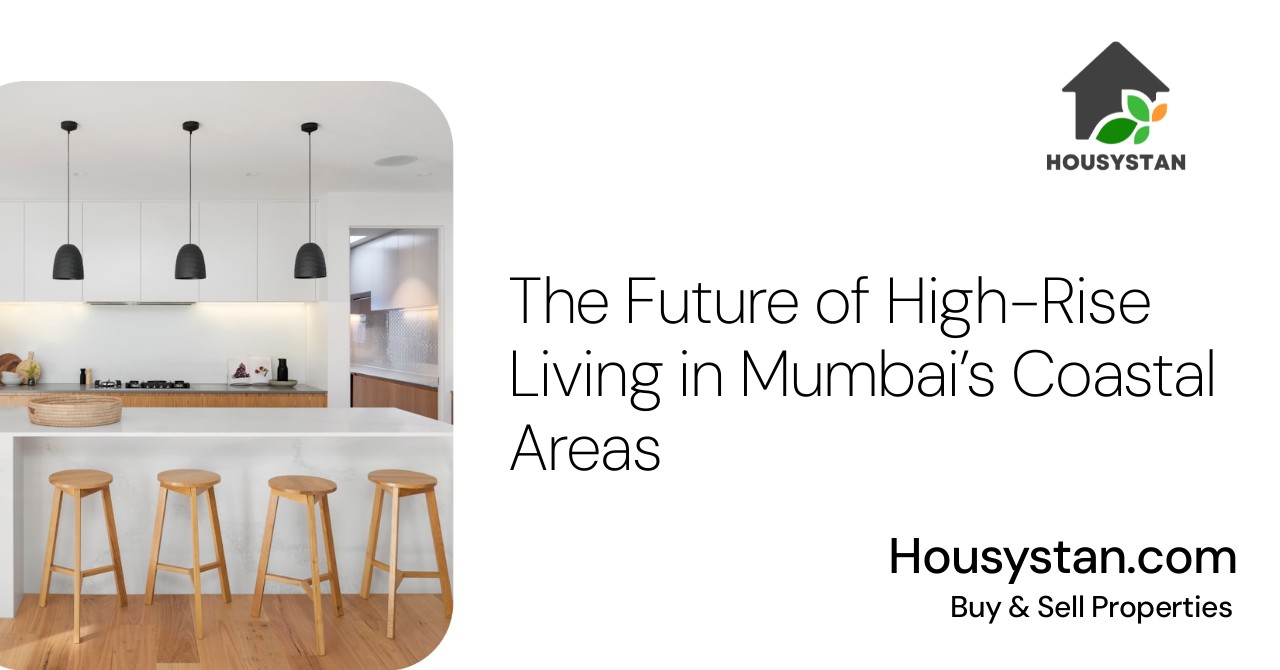The Future of High-Rise Living in Mumbai’s Coastal Areas
Read latest blogs and articles from Housystan

The Information mentioned here was last updated on:
27/11/2025The future of high-rise living in Mumbai’s coastal areas is rapidly transforming, driven by innovative architectural advancements and the city’s ever-growing demand for premium residences. As Mumbai continues to evolve as India’s financial and cultural hub, coastal neighborhoods such as Worli, Bandra, Juhu, and Marine Drive are seeing a surge in modern skyscrapers that redefine urban lifestyles. These luxury towers offer not only breathtaking views of the Arabian Sea but also exclusive amenities, making them highly desirable among homebuyers seeking both comfort and prestige.
Strategically located along Mumbai’s scenic shoreline, these high-rises are designed to maximize natural light and ventilation while providing a safe, serene environment away from the city’s hustle and bustle. Developers are incorporating sustainable building techniques, earthquake-resistant structures, and advanced flood mitigation systems to address the unique challenges posed by coastal living. As a result, residents can enjoy peace of mind while benefiting from uninterrupted sea breezes and panoramic vistas across the water.
Connectivity remains a major advantage for those choosing high-rise apartments in Mumbai’s coastal zones. The proximity to commercial hubs, top schools, healthcare centers, and entertainment venues ensures that daily commuting is convenient and efficient. With the development of new infrastructure projects such as coastal roads, metro lines, and sea links, residents will experience even better accessibility throughout the metropolis, further enhancing property values in these sought-after districts.
- Verified Tenants/Buyers
- Unlimited Property Listing
- Zero subscription/charges fee
Moreover, the demand for eco-friendly and smart homes is driving developers to integrate green roofs, rainwater harvesting, energy-efficient appliances, and automated systems within these residential towers. This commitment to sustainability supports Mumbai’s broader goals of reducing its carbon footprint and preserving its iconic coastline for future generations.
In summary, high-rise living in Mumbai’s coastal areas represents the pinnacle of modern urban living in India’s most dynamic city. By blending spectacular ocean views with world-class amenities, robust infrastructure, and resilient construction, these developments set new benchmarks in luxury and sustainability. Whether you are looking to invest, relocate, or upgrade your lifestyle, Mumbai’s coastal high-rises offer an unparalleled opportunity to experience the best of city and sea.